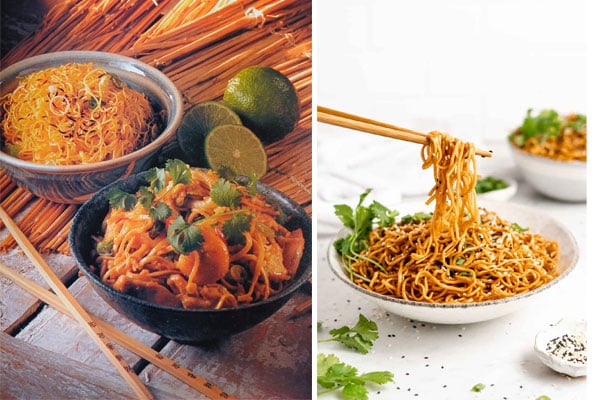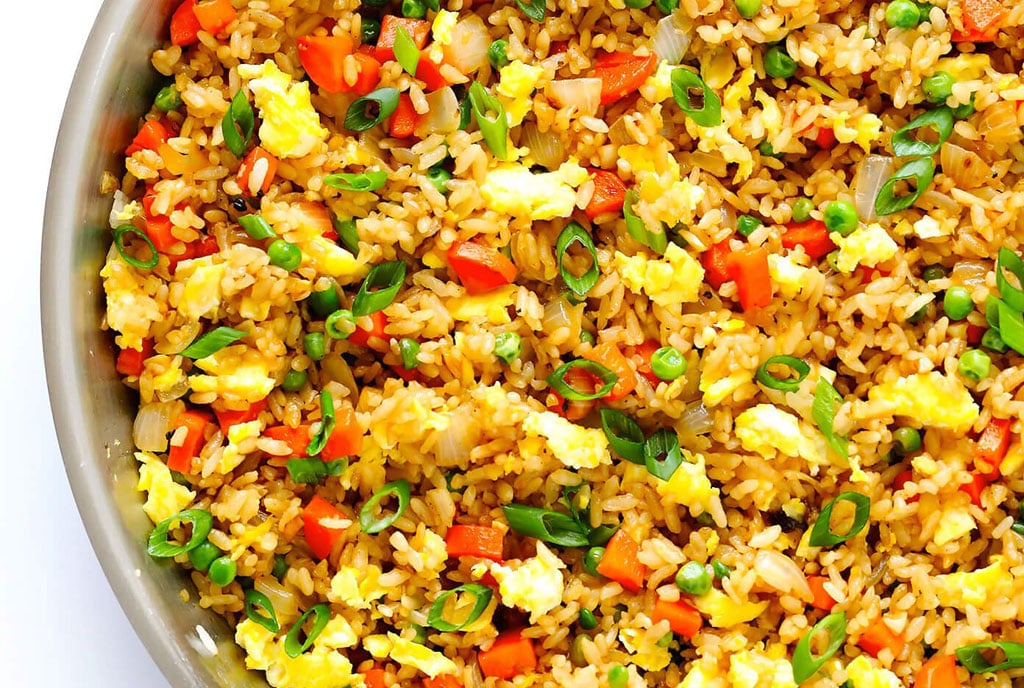Prime
Trying to figure out noodles

Noodles ready for eating. Photos/A. Kadumukasa Kironde II
What you need to know:
What you ought to know about egg and eggless noodles, writes A Kadumukasa
Kironde II.
There is no place in the Far East that is bereft of noodles either boiled, steamed, fried or just tossed. In China, wheat-flour noodles were as important to Beijing and northern China as rice was to the south. However, owing to the planting and consumption of rice spreading towards the north, saw the importance of wheat moving to the south and nowadays noodles coupled with rice are popular in China and Southeast Asia.
Several variations on the noodle that are made from wheat and rice flours, are to be found in China where flour is fen, and wheat flour is mian fen and noodles that are made from wheat flour doughs are collectively known as mian in Mandarin and mien in Cantonese. These noodles are either fresh or dried and are of varied widths while their doughs are made with water or sometimes with eggs. For some dried wheat noodles, dried shrimp eggs are added. As for so called milk noodles, these are made from wheat dough to which milk has been added.
Noodles are also made from rice flour doughs. Rice flour is known as mifen in Mandarin and mai fun in Cantonese. Rice noodles are also available fresh and dried and in varying widths and fine dried rice noodles are frequently referred to as rice sticks.
Some noodles are made from processed vegetables such as mung beans or sweet potatoes which has given rise to the debate whether or not they should be considered to be noodles. Hence, some refer to them as vegetable flours. Packaged dried and resembling linguine, mung bean noodles should be soaked in water before being used. Italian pastas of particular sizes and widths can by all means be substituted for Chinese wheat noodles.
Egg noodles: These are made from wheat flour, eggs, water and sold fresh, dried, parboiled and pre-fried.
Fresh: These can be found stocked in the refrigerated section of any Chinese grocery stores such as Nanjing Hotel Supermarket, Lugogo or Tesco Supermarket in Forest Mall arcade. These pliable noodles are sold in one-kilo plastic bags. They are pale yellow and come in various sizes which are equivalent to capellini no. 11, vermicelli no. 10, spaghetti no. 8 and linguine no 17. They can be kept in the fridge for a couple of days and in the freezer for up to three months.
Dried: These come in plastic or cellophane one-kilogramme packages and boxes that can range anywhere from two to five kilos. Their sizes correspond to those of fresh noodles. Dried noodles will keep well as long as they are sealed at room temperature up to six months.
Parboiled: Some people consider these fresh but that is not the case as they have been boiled and are labeled “precooked.” They are pliable and are the size of spaghetti no 8. They normally have a thin sheen and can be used right out of the package.
Pre-fried: These egg noodles that come in the size of spaghetti no. 6 and no. 98 are sold in small plastic packs of two each. Though they may appear to be dried, they have briefly been fried and then bent into circular bundles before they stiffen. It is imperative that they are boiled in order for them to become soft before being used.
Eggless noodles: these are made from wheat flour, wheat, water and are sold fresh and dried.
Fresh: Pliable and usually cream in color, these are sold in 1 kg plastic bags and are similar in size to spaghetti no. 10 and linguine no. 17. Once again they can be bought from either of the above named Chinese supermarkets.
Dried: Also creamy white and packed in one-kilo plastic bags and they come in sizes ranging from capellini no. 11 to linguine no.17 and are often labeled “creamy Chinese style noodles” or else “Shanghai Chinese-style noodles,” They should keep well sealed at room temperature for up to 6 months.
Rice noodles: These do not come in strands but rectangular sheets. Since the sheets have already been steamed they are pliable. They have a short life span. However, you never know maybe they can be ordered as a special item in which case, you ask for them by their Cantonese name, sah hor fun or “sand river noodles,” because of their slightly rough texture. The sheets are snowy white and they have a shiny glistening surface (they have been brushed with oil) and are folded when you buy them.
You need to cut them to the desired size that you wish and they must be used the same day that they have been purchased. You can also buy fresh rice noodles in strands in one-kilo packs that are somewhat similar to the size of spaghetti no. 8.
Dried: These come in various sizes from roughly equivalent to capellini no. 11 (sometimes called rice sticks) and linguine no. 17 to wider noodles the size of fettucine. In order to use them, they are either soaked in hot water for about 20 minutes or they are boiled for 45 seconds or until they become soft. They can also be deep fried.
SOFT FRIED NOODLES
This is a basic dish that is ideal for serving as an accompaniment or for those occasions when you are feeling peckish and are in the mood for something simple but delectable. If you want to add protein, break an egg into the noodle. They are also good tossed with oyster sauce and a dollop of chili black bean sauce.
Ingredients
Serves 4 – 6
350g/12 oz. dried egg noodles
2 tbsp vegetable oil
2 tbsp finely chopped spring onions
Soy sauce to taste
Freshly ground black pepper and a bit of salt as necessary.
Method:
1.Cook the noodles in a large saucepan of boiling water until just tender, following directions on the packet. Drain and rinse under cold running water and then drain again thoroughly.
2.Heat the oil in a wok and swirl it around. Add the spring onions and fry for about a minute. Add the noodles gently stirring to separate the strands.
3.Reduce the heat and fry the noodles until they are heated through, lightly browned and crisp on the outside but still soft inside.
4.Season with soy sauce, a bit of salt and pepper and taste and correct seasoning before serving while hot.




